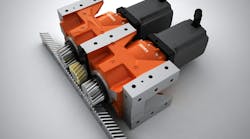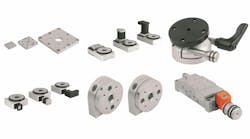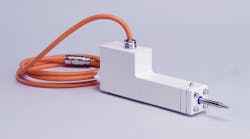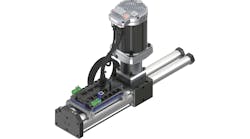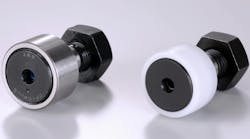Geared Linear Actuator L Product Family
The Linear Actuator L product family offers a turnkey solution for a broad range of applications. The smaller versions 06L/08L/10L are ideal for medical, lab automation, optics & photonics or space applications. The larger versions 22L/32L using GPT gear technology, are designed for automation and optics & photonics. The actuator family can be combined with a wide range of DC motors, 4-pole and 2-pole brushless motors or stepper motors.
Designed for high performances in compact dimensions, it supports large input speed or high output force. It's well-suited for a wide range of applications like robotics, industrial machines, and laboratory equipment. A large number of reduction ratios, uniformly distributed, are available to select the most appropriate configuration to fit various force or speed operating points as required by the application. This family also grants high flexibility offering different screw sizes and types; moreover, a large selection of options are available to match different ambient conditions and make mechanical integration inside applications faster and smoother through various flange and nut configurations.
Each of the available screw types has its own characteristics that should be taken into account to find the best match with specific needs. The basic difference between ball and lead screws is the rolling movement of the ball screw nut, which eliminates the sliding friction typical of lead screws, resulting in very high efficiency. The smaller FAULHABER L series 06L/08L/10L are equipped with lead screws in two load characteristics. The larger 22L and 32L series are available with lead screws and additionally as ball screw versions in two accuracy options.
- High performances
- Large and modifiable selection of screw and nut types
- Full reduction ratio range
- Wide portfolio of combinable motors
- Screw and nut type and material
- Axial load and linear speed, resulting in output power
- Motor operating temperature
- Operation mode and duty cycle
- Operating conditions (ambient conditions, temperature, dust, etc.)
- Environment and integration into other systems

